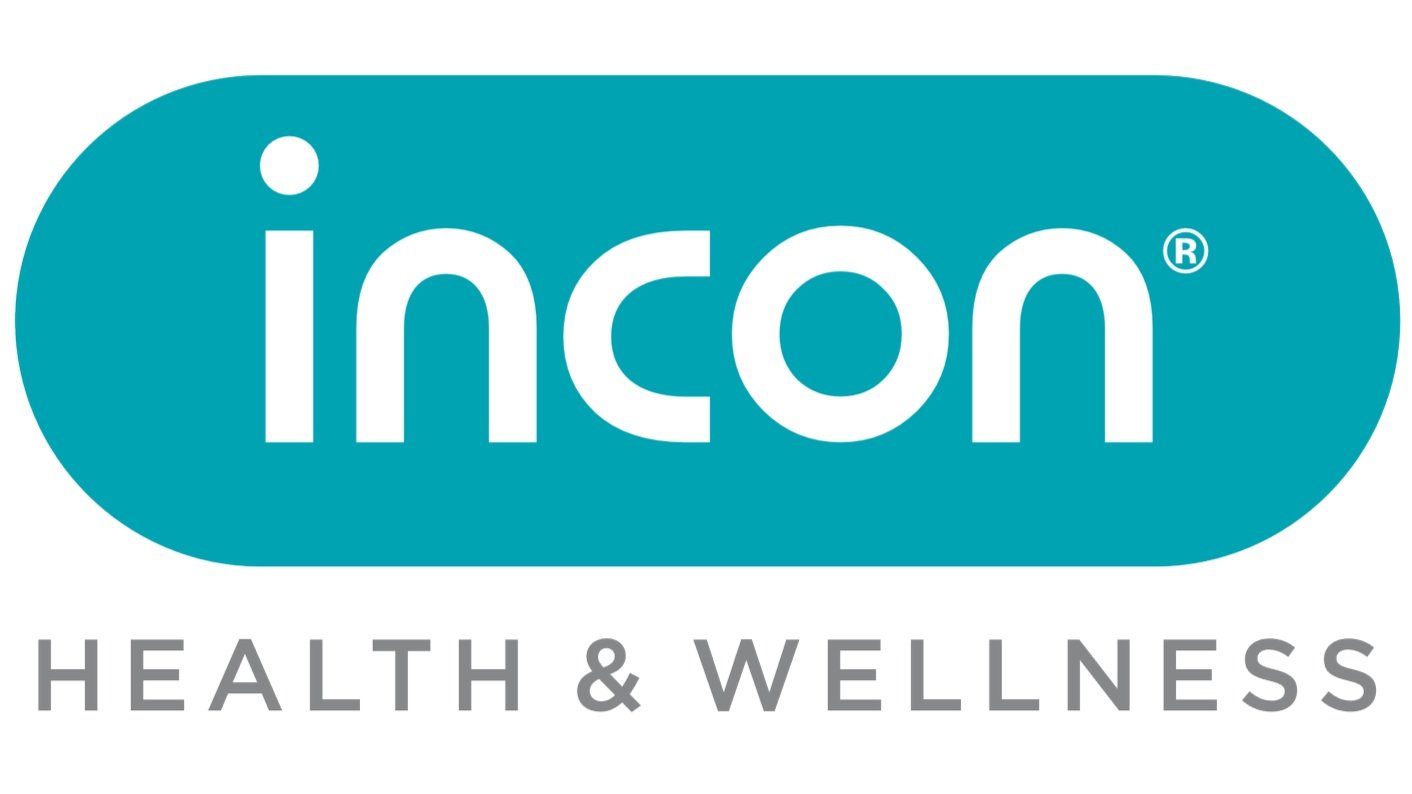Robust Safety Culture = Success
Nurturing a robust safety culture in today's dynamic business environment goes far beyond meeting legal obligations; it represents an ethical commitment and a strategic advantage.
A strong safety culture transcends mere regulatory compliance; it ingrains safety as a fundamental value embraced by every member of the organisation. In this comprehensive blog post, we will explore the profound significance of cultivating a robust safety culture within your workplace and provide actionable strategies to make it a reality.
Understanding the Essence of Safety Culture
Safety culture encompasses the shared values, attitudes, beliefs, and behaviours concerning safety within an organisation. Unlike a static checkbox on a to-do list, it's a dynamic journey that demands unwavering commitment from leadership and active participation from all members of the organisation.
Why Safety Culture Matters
Mitigating Accidents: A formidable safety culture correlates with fewer workplace accidents and injuries. When safety is a collective value, employees are more inclined to adhere to safety protocols and make safer choices.
Elevating Employee Well-being: Knowing that their safety and well-being are paramount fosters trust and loyalty among employees. A secure workplace translates to heightened job satisfaction and morale.
Driving Productivity: A safe environment is synonymous with a productive one. When employees feel secure, they can concentrate on their tasks without the distractions of safety concerns.
Compliance and Reputation: A positive safety culture ensures regulatory compliance and safeguards your organisation's reputation. It communicates to clients, partners, and stakeholders that you are dedicated to responsible and ethical business practices.
Effective Strategies for Cultivating a Strong Safety Culture
Leadership Dedication: Leadership sets the tone for safety culture. Executives and managers must visibly prioritise safety, allocate resources, and actively engage in safety initiatives.
Transparent Policies and Procedures: Establish and communicate clear safety policies and procedures. Ensure they are easily accessible and comprehensible for all employees.
Education and Training: Invest in consistent safety training and educational programmes. Ensure that employees are well-informed about potential risks and the methods to mitigate them.
Transparent Communication: Create an environment of transparent communication where employees feel safe reporting safety concerns, incidents, and near-miss occurrences without fearing repercussions.
Active Employee Participation: Encourage employees to actively engage in safety initiatives. Involve them in safety committees and decision-making processes.
Recognition and Incentives: Acknowledge and reward safe behaviours and accomplishments. Positive reinforcement motivates employees to continue prioritising safety.
Continuous Improvement: Routinely assess and update safety policies and procedures based on feedback and emerging risks. Foster a culture of continuous improvement.
Leading by Example: Leaders should exemplify safe behaviours. When employees witness their supervisors adhering to safety protocols, they are more likely to follow suit.
A Secure Future
Cultivating a strong safety culture represents an investment in your organisation's triumph, its people, and its legacy. It's not a mere checklist item; it's a pledge to create a workplace where every employee can flourish without compromising their well-being.
By championing safety, you not only shield your employees but also elevate your organisation's repute and efficiency. Remember, safety is more than a practice; it's a culture that defines your organisation's character and commitment to a safer, brighter future.

